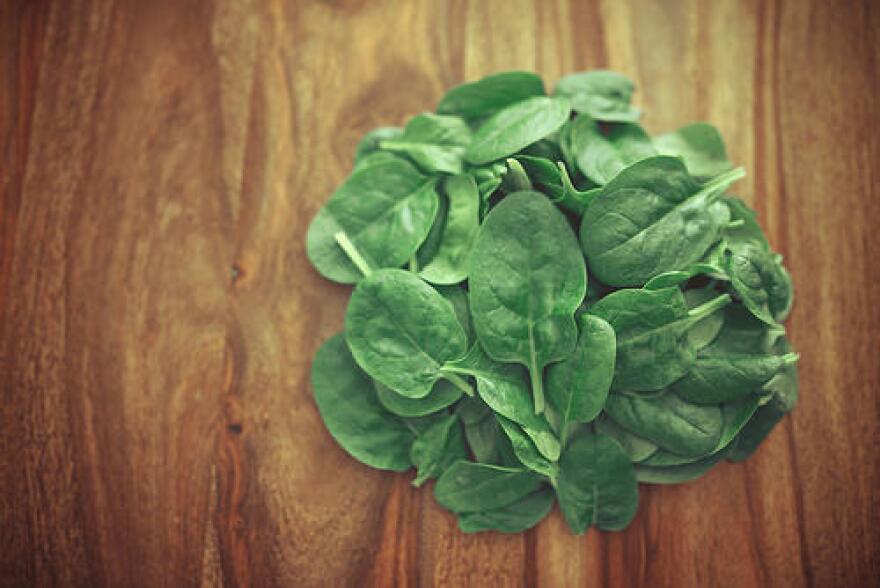One in three American adults have a condition that’s like a ticking time bomb—high blood pressure. While there's a genetic component to high blood pressure for some, many can cut their risk significantly with one simple change.
This week on “Take Care,” health expert Johannah Sakimura explains how a change in diet can lead to a big change in blood pressure. Sakimura is a registered dietician at Saint Barnabas Medical Center in New Jersey, with a master’s degree in nutrition from the Columbia University Institute of Human Nutrition. She has also written several articles on foods that lower blood pressure.
So what exactly is blood pressure?
“A measure of the amount of pressure that’s being exerted against your blood vessels when your heart is pumping,” Sakimura said.
High blood pressure is considered to be anything above 140/90, according to Sakimura. This is calculated by the pressure of your heart as it’s beating (top number), and the pressure of your heart when it’s in between beats (bottom number).
Much of how diet can control blood pressure has to do with the vitamins and minerals we eat. A major one is potassium, since it has the ability to balance out the amount of sodium we take in, says Sakimura.
“I sort of think of it as sodium’s antagonist…like your body’s in a tug of war between sodium and potassium,” Sakimura said.
Potassium dilates and relaxes blood vessels, which allows sodium and water to be flushed out of our system and create less pressure, says Sakimura. Foods high in potassium include spinach, kale, Swiss chard, and dark lettuce.
“Try to add them wherever you can,” Sakimura said.
But just because you eat a lot of potassium in a day, doesn’t give you the green light to pour salt on every dish. Sakimura says along with increasing potassium intake, people with high blood pressure should also focus on eating whole foods that are naturally low in sodium.
Like potassium, a gas called nitric oxide also has an effect on our blood vessels. However, instead of just relaxing blood vessels, nitric oxide has the ability to widen them, which can significantly improve blood flow, says Sakimura. Along with decreasing blood pressure, improved blood flow from nitric oxide can also have other benefits, such as feeling more alert and energetic.
To incorporate nitric oxide in our diets, beets have a great supply of the nitrates needed for our body to produce the gas. Although beets may not seem like the most appetizing vegetable to some, Sakimura says there are many things they can be mixed into where their flavor won’t be noticed. This can include salads, sandwiches, or even smoothies. But if you’re still not a beet person, Sakimura says nitrates can also be found in lettuce, cabbage, and celery.
“The trick is with something like beets it’s really a transient effect, so you need to eat them regularly to get these benefits,” Sakimura said.
Other foods that can help lower blood pressure are oatmeal and low-fat dairy, according to Sakimura. Oatmeal has become known for lowering cholesterol, but because of the fiber, potassium, and magnesium it can also lead to healthier blood vessels, which can help lower blood pressure, says Sakimura.
As for low-fat dairy, the molecular make-up is what does the trick when it comes to blood pressure. Low-fat dairy contains protein chains that help inhibit enzymes that constrict blood vessels, says Sakimura. So when these enzymes are inhibited and stop constriction, it allows blood to flow much more easily.






